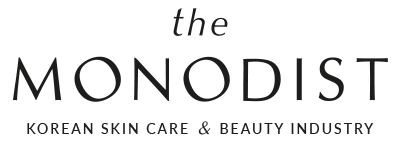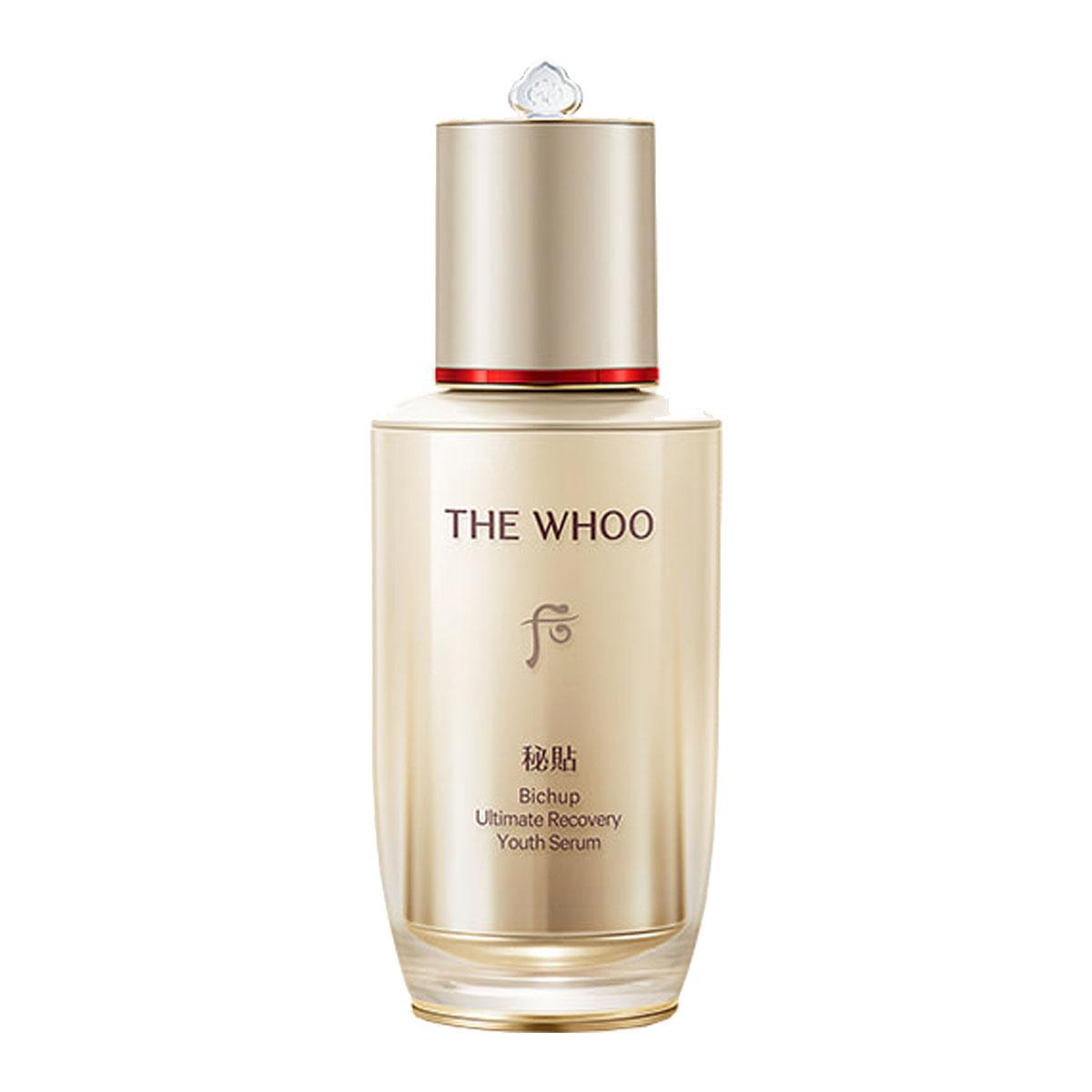The History of Whoo
Bichup line
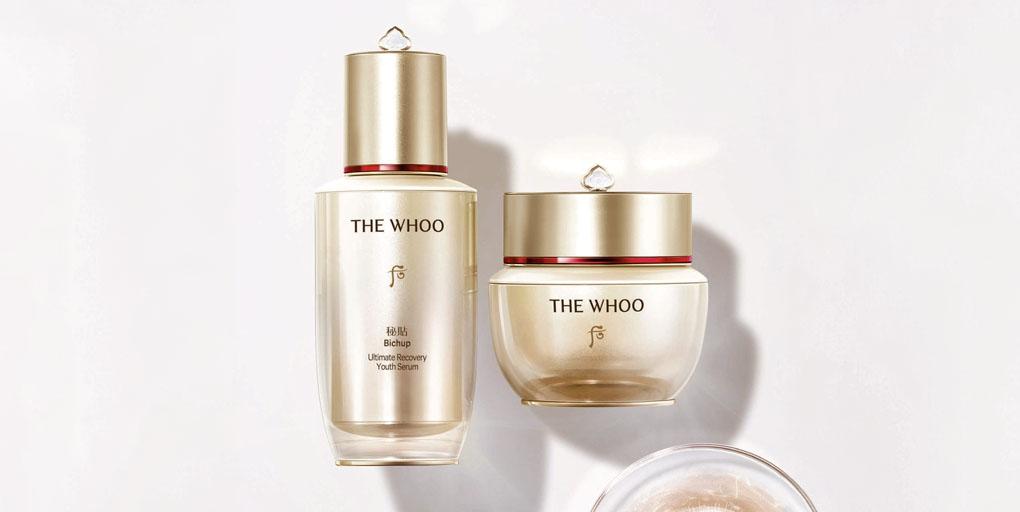
The “Bichup” (비첩) line is The History of Whoo’s representative skincare line. It’s a complete anti-aging skincare treatment that works both preventively and correctively. The products in the Bichup line work together to enhance skin’s natural self-repairing power, reduce visible and underlying signs of aging, and improve overall skin immunity.
Disclaimer: I personally translated the majority of facts and contents in this article from original Korean sources, so I kindly ask you to credit my work if you’re planning to use any of the information included in this guide.
Many concepts mentioned in this guide are based on Oriental Medicine principles, for a better understanding please refer to the introduction to Traditional Korean Medicine on this website. It’s important to stress out that there is no correspondence between Oriental Medicine organs and Western anatomy so capitalised names in this article shouldn’t be interpreted in the Western medical sense.
⬥ Recommended for:
Main Ingredients
The key ingredient of the “Bichup” line is NAD Power 24™ a highly-effective age-defying ingredient that helps reinforce skin barrier and stimulate skin regeneration. Along with this ground-breaking ingredient, the products in the “Bichup” line contain the brand’s signature ingredient “Gong Jin Solution™”.
⬥ NAD Power24™
NAD+ (short for Nicotinamide adenine dinucleotide) is an important coenzyme that exists in every living cell. It plays a critical role in a variety of biological processes, including cellular energy metabolism, DNA repair, gene expression and cellular signalling. Its crucial role in upholding cellular health and function makes it a vital molecule for comprehending the aging process.
As we age, NAD+ levels decline, impacting cellular functions and contributing to age-related decline. This decline is connected to all the key signs of aging, such as mitochondrial issues, DNA damage, and compromised cell repair.
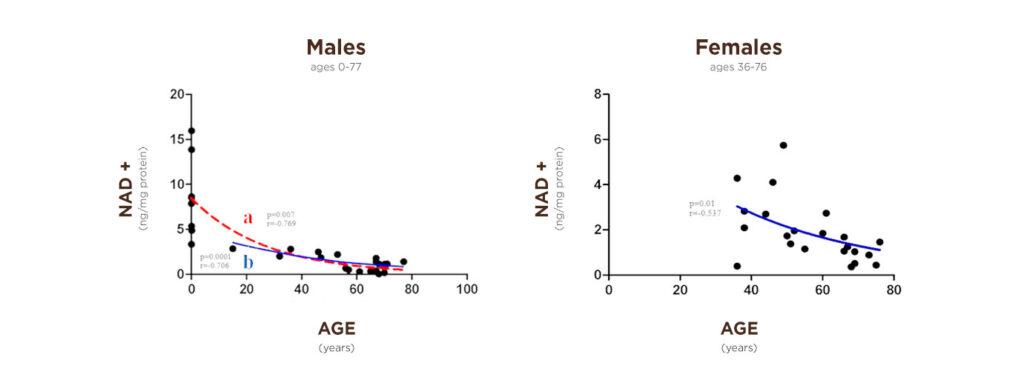
NAD+ decline with age3
NAD+ has garnered significant attention after it was described as an age-reversing ingredient in the book “Lifespan: Why We Age―and Why We Don’t Have To” by David Sinclair from Harvard University, a world-renowned, leading authority in the field of aging genomics. Research has in fact shown that boosting NAD+ levels through supplementation or lifestyle interventions may help mitigate the effects of aging and promoting overall health and longevity.
That’s why many researchers are focusing on NAD+ as a next-generation anti-aging treatment.
Like the rest of the body, the skin also experiences a decline in epidermal NAD+ levels over time. This decline in NAD+ is one of the key factors that contribute to skin aging. Consequently, younger individuals or those with minimal skin damage typically exhibit higher concentrations of epidermal NAD+.
Until recently, NAD+ had not been widely used as a cosmetic ingredient due to its poor ability to penetrate the skin. After dedicating more than 20 years to researching skin self-regeneration and studying the anti-aging effects of NAD+ for the past decade, the Whoo Research Institute has developed a liposome technology to enhance skin permeability and stability of NAD+, resulting in improved skin penetration and intracellular delivery of the ingredient. This NAD+ liposome ingredient is called: NAD Power24™, a key age-defying ingredient.
Compared to NAD+, NAD Power24™ is 5 times more stable and its skin absorption rate was shown to be over 50% higher.
Patents (pending):
Furthermore, to maximise the effectiveness of NAD Power24™ and intracapsular NAD+, the Whoo Research Institute developed a formulation that combines NAD Power24™ with Licorice (a source of Enoxolone) and “Yoonseolran” (rich in Quercetin) in an optimal ratio, both known for their excellent antioxidant properties.
“Yoonseolran” (윤설란) is a skin refining ingredient extracted from Black Crowberry (Empetrum nigrum L.). The plant is naturally rich in Quercetin, a substance with senolytic properties that induces apoptosis of aging cells.
⬥ Gong Jin Solution™
All products from The History of Whoo incorporate “Gong Jin Solution™”, also known as “Gongjinbidan” (공진비단, 供辰秘丹), a proprietary herbal complex that constitutes the core ingredient of the brand.
“Gong Jin Solution™” is based on “Gongjindan” (공진단, 拱辰丹), a traditional Oriental medicine prescription originally created by Chinese physician Wei Yilin. According to the classical text or Oriental Medicine “Efficacious Remedies of the Physicians” (세의득효방, 世醫得效方), “Gongjindan” was a remedy exclusively reserved for emperors and for this reason, it earned the name of “Emperor’s Medicine”1.
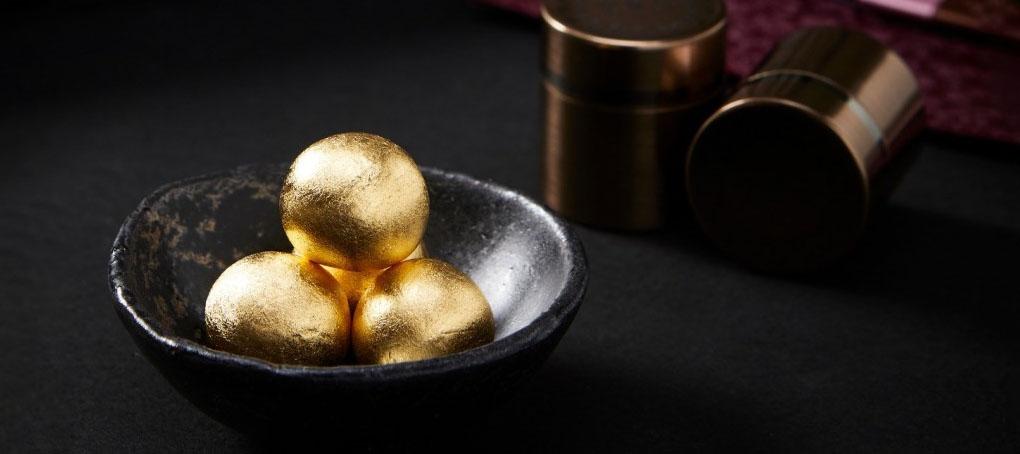
[source: 백록담한의원]
“Gongjindan” appears in many traditional medical texts from China and Korea and it’s described as a remedy that strengthens the body’s immune defences and brings back the natural balance between its organs.
The Donguibogam (the most representative text of Traditional Korean Medicine) describes “Gongjindan” as follows:
“If a man is sickly even after growing up, he is constitutionally weak. In such a case, body fluids should be increased but body heat should be cooled down. Other medicines are inefficacious against it, but this medicine is effective to harmonize internal organs with each other and to prevent various diseases.”
DONGUIBOGAM (1613)
To this day, “Gongjindan” is a vital tonic that is still commonly used in many Asian countries to combat chronic fatigue, weak constitution and deteriorated immunity.
Through the integration of modern science, LG Household & Health Care developed a cosmetic ingredient based on the original prescription for “Gongjindan”: “Gong Jin Solution™“.
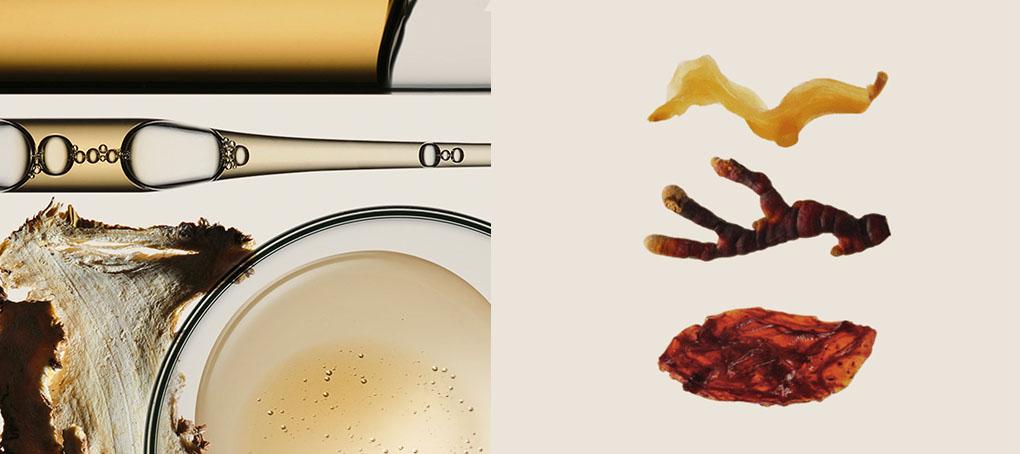
Developed through The History of Whoo’s integrative medicine research technology, “Gong Jin Solution™” consists of:
1,2-Hexanediol, Angelica Gigas Root Extract, Arginine, Butylene Glycol, Cornus Officinalis Fruit Extract, Ethylhexylglycerin, Ganoderma Lucidum (Mushroom) Extract, Glutamic Acid, Glycoproteins, Thymus Vulgaris (Thyme) Extract, Water2.
In particular, the ingredient was enriched with four traditional herbal remedies:
Overall, the ingredient promises to increase energy flow, while also rebalancing and reinvigorating skin to enhance the skin’s intrinsic energy and elasticity2.

Products
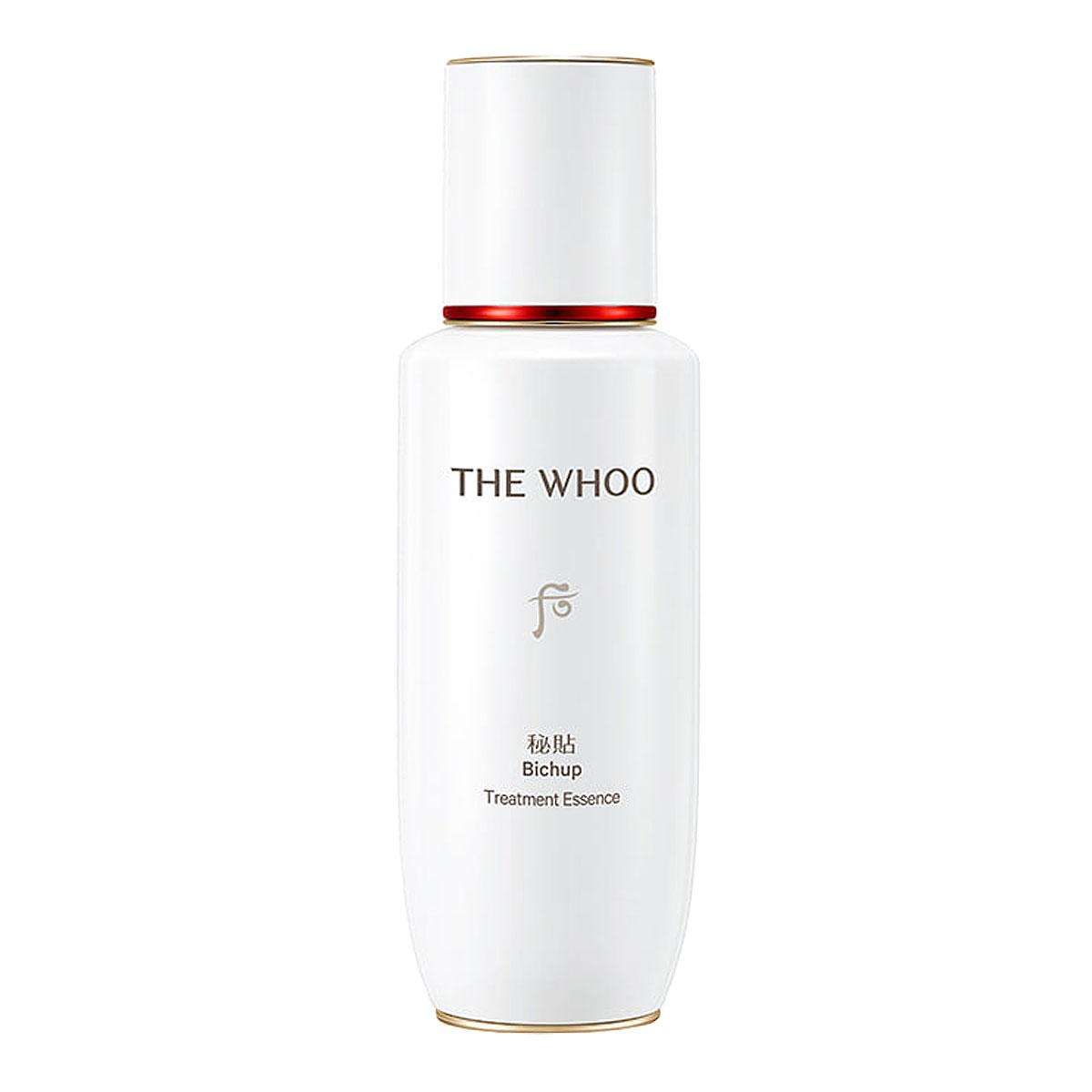
Bichup Treatment Essence
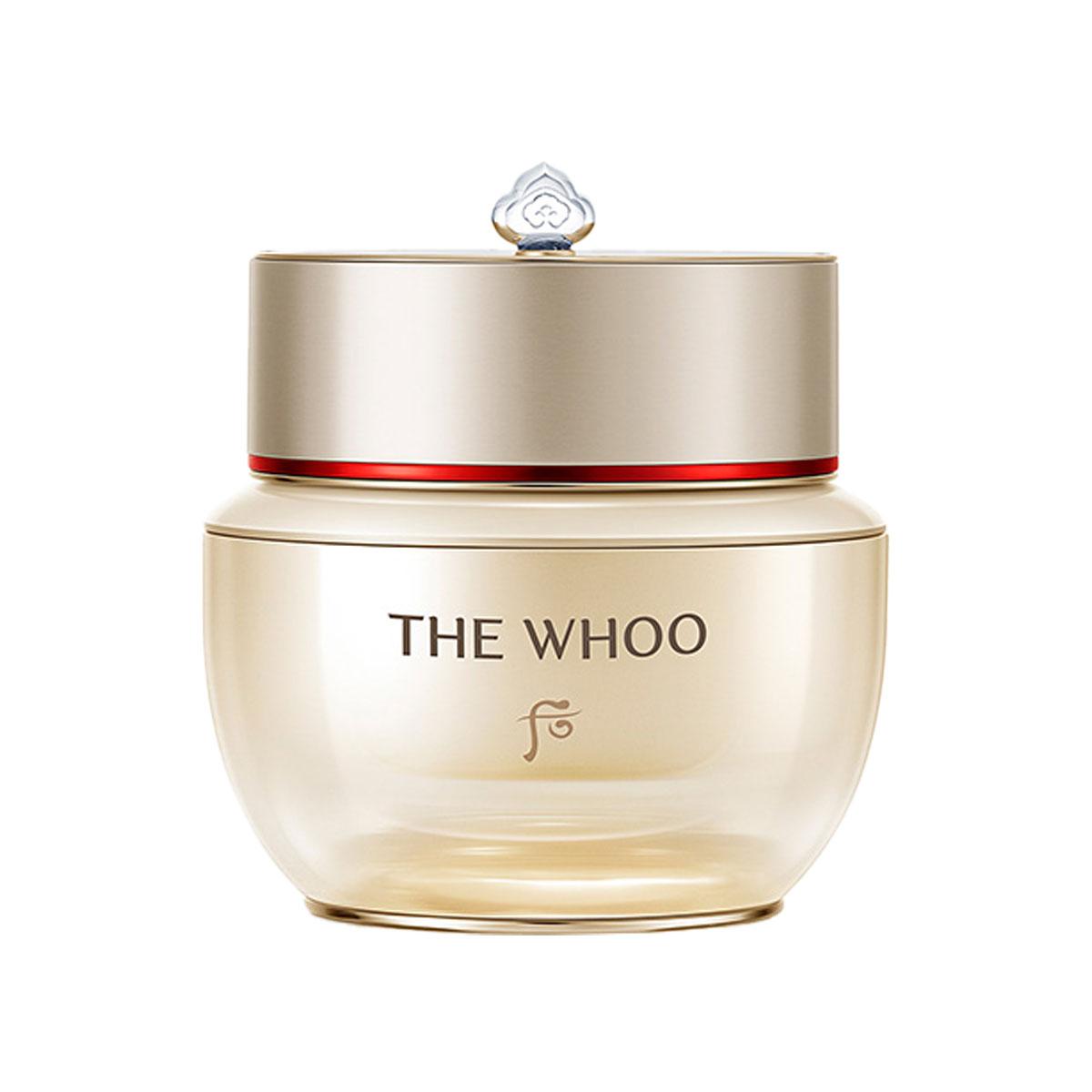
Bichup Ja Yoon Cream
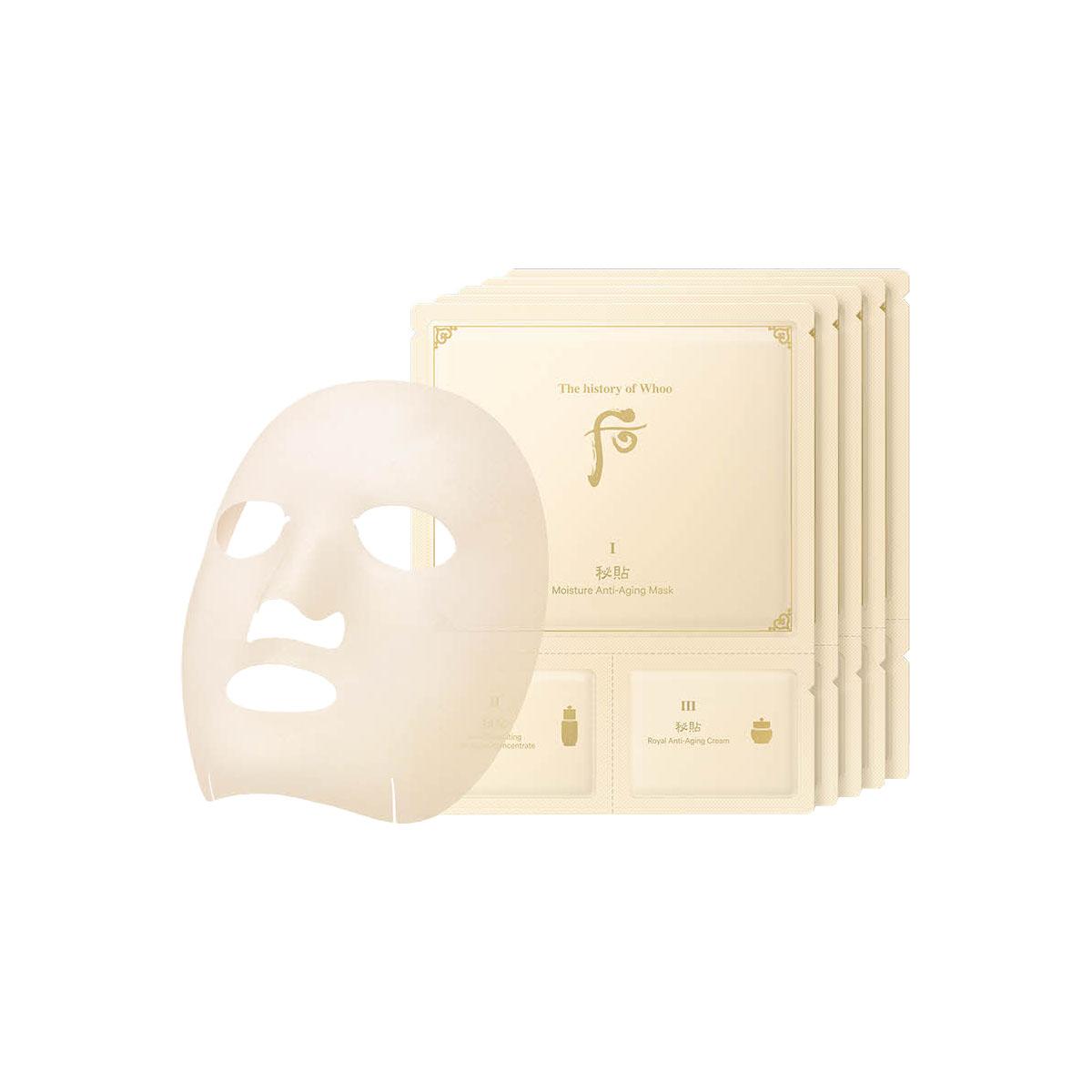
Bichup Moisture Anti-Aging Mask
⬥ Recommended order of use

Shop the Line
⬥ International retailers
⬥ South Korean retailers
Make sure to check out the Discount & Coupons page to access exclusive offers for major Korean skincare retailers.

Notes
- 김은진. (2003). “나도 한번쯤 써보고 싶다! 피부 보약, 한방 화장품.” 레이디경향.
- 더후(The Whoo). (n.d.). 더후: The whoo. 더후(THE WHOO). https://www.thewhoo.com/mall/brand/brand.html#con2
- Massudi, Hassina & Grant, Ross & Braidy, Nady & Guest, Jade & Farnsworth, Bruce & Guillemin, Gilles. (2012). Age-Associated Changes In Oxidative Stress and NAD Metabolism In Human Tissue. PloS one. 7. e42357. 10.1371/journal.pone.0042357.
